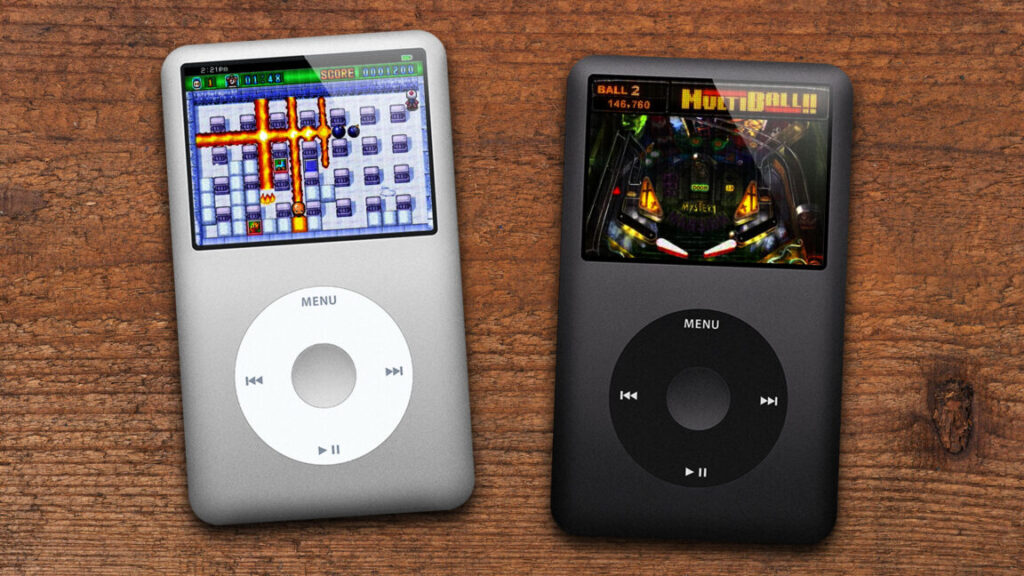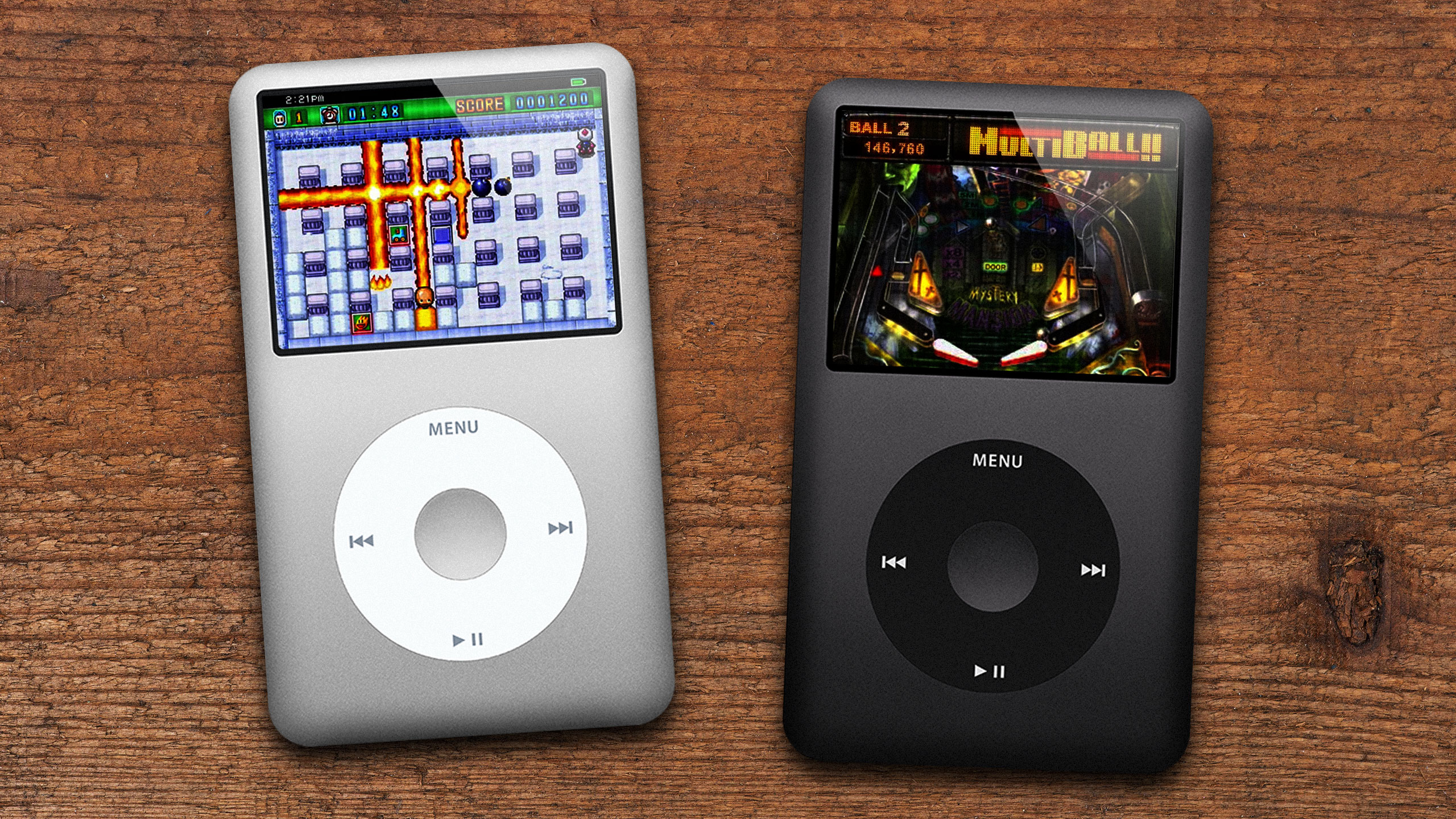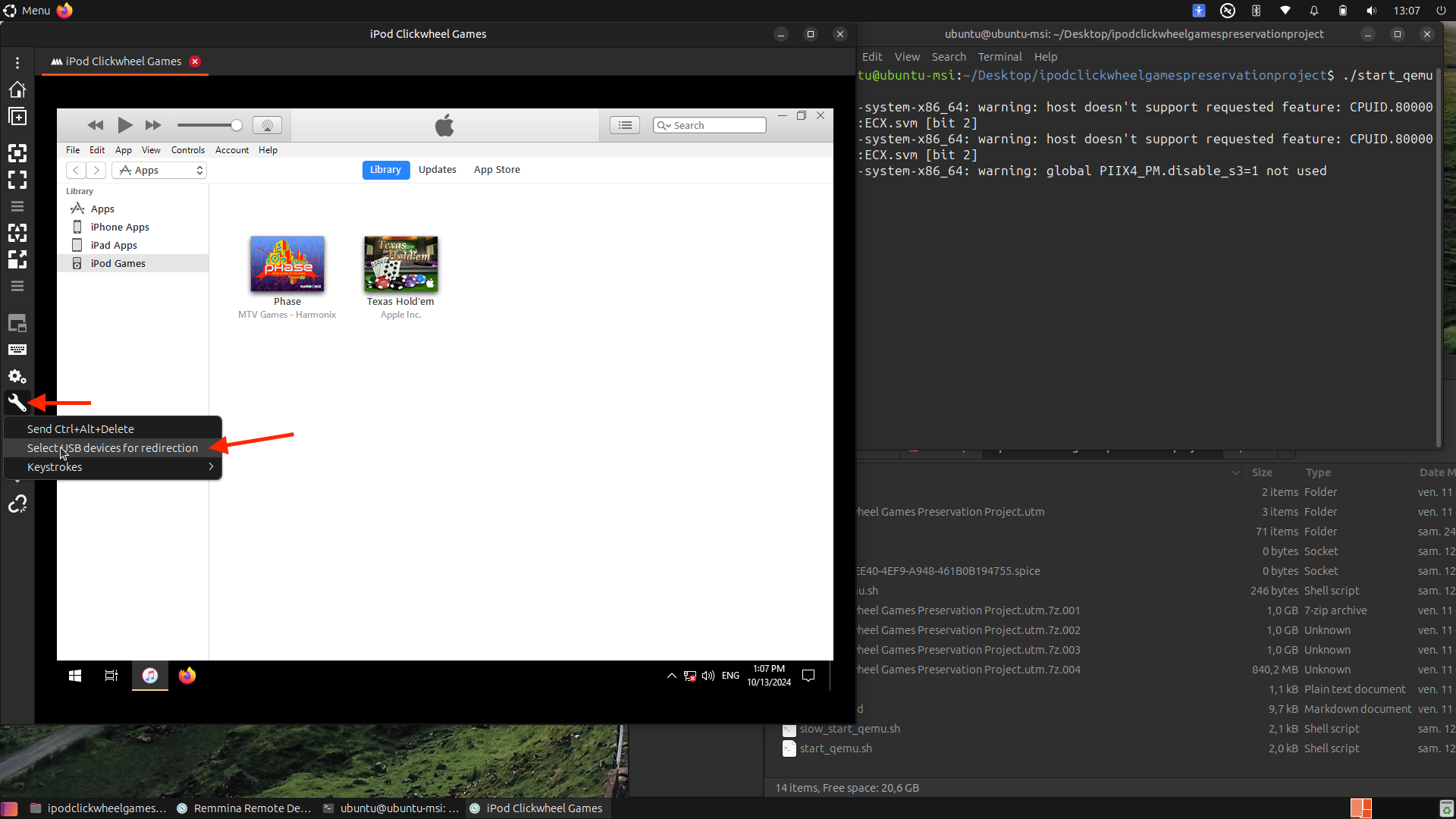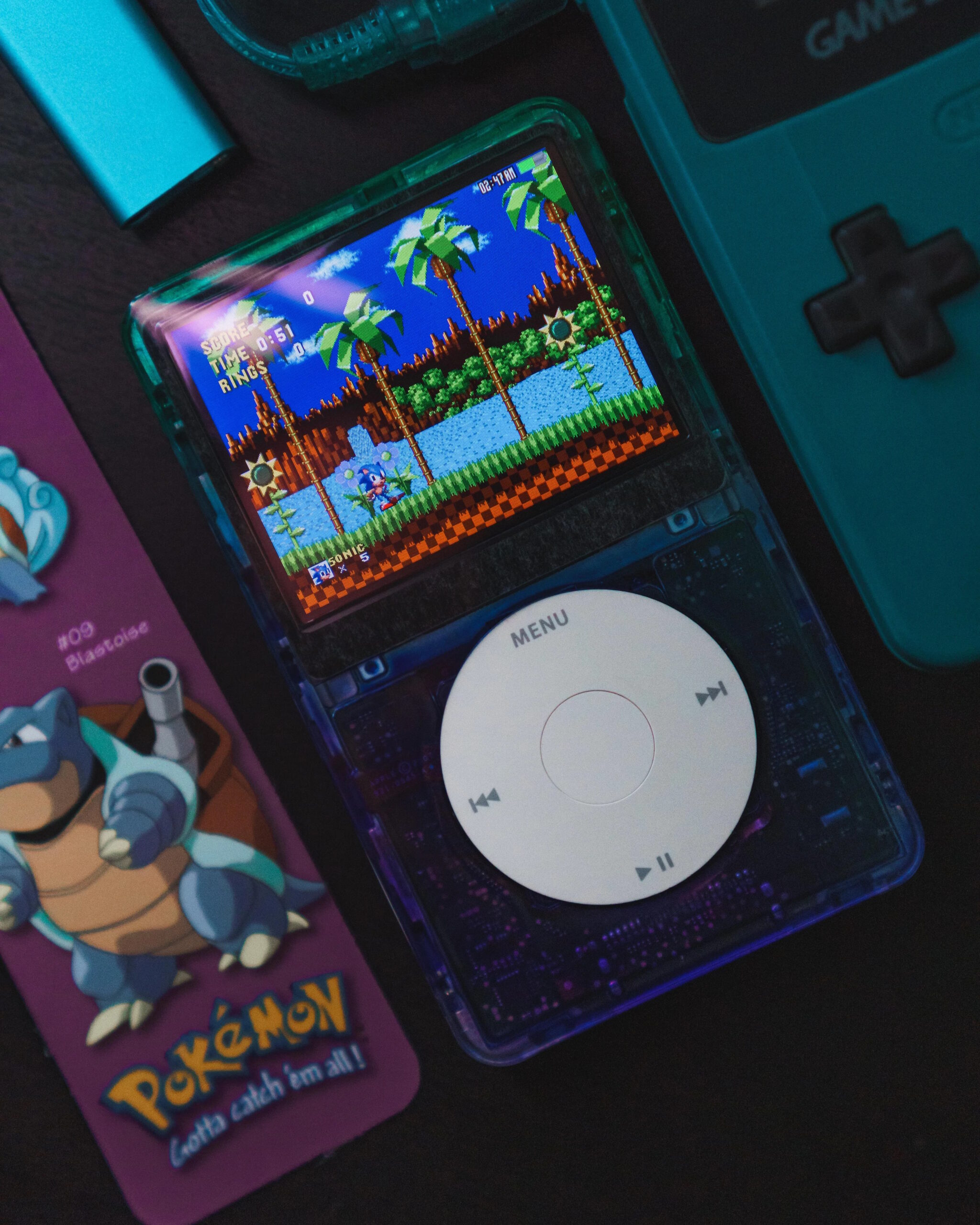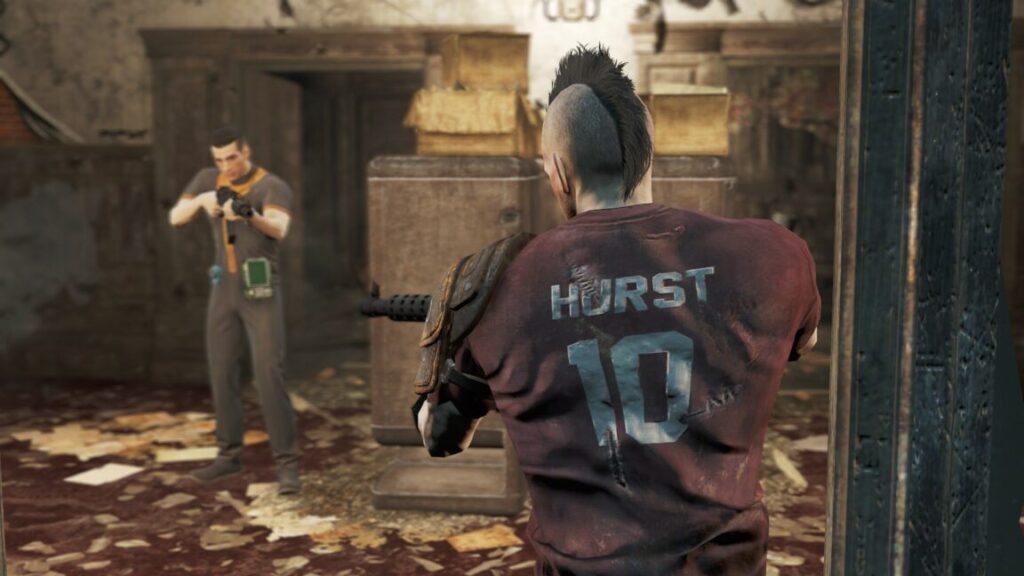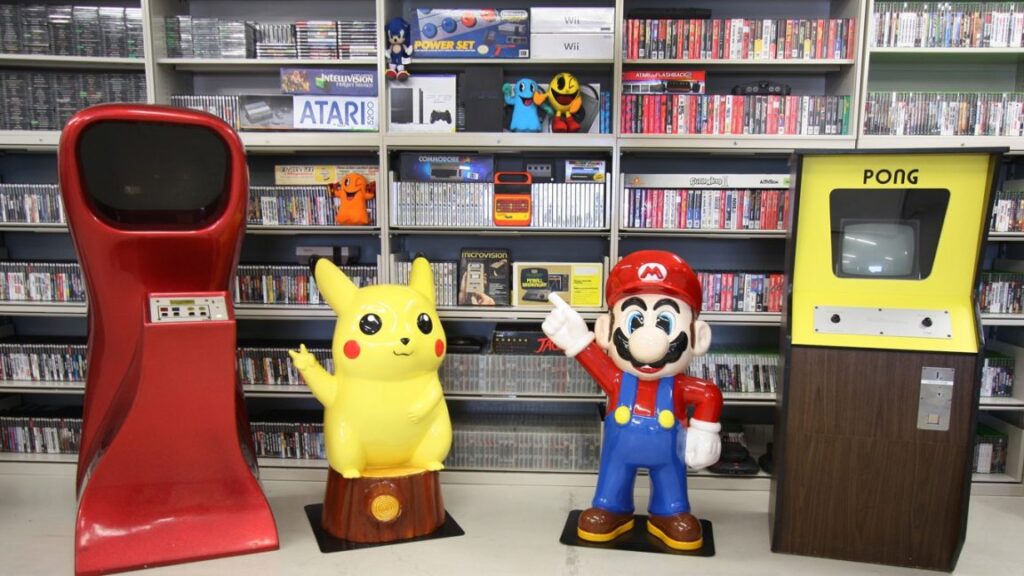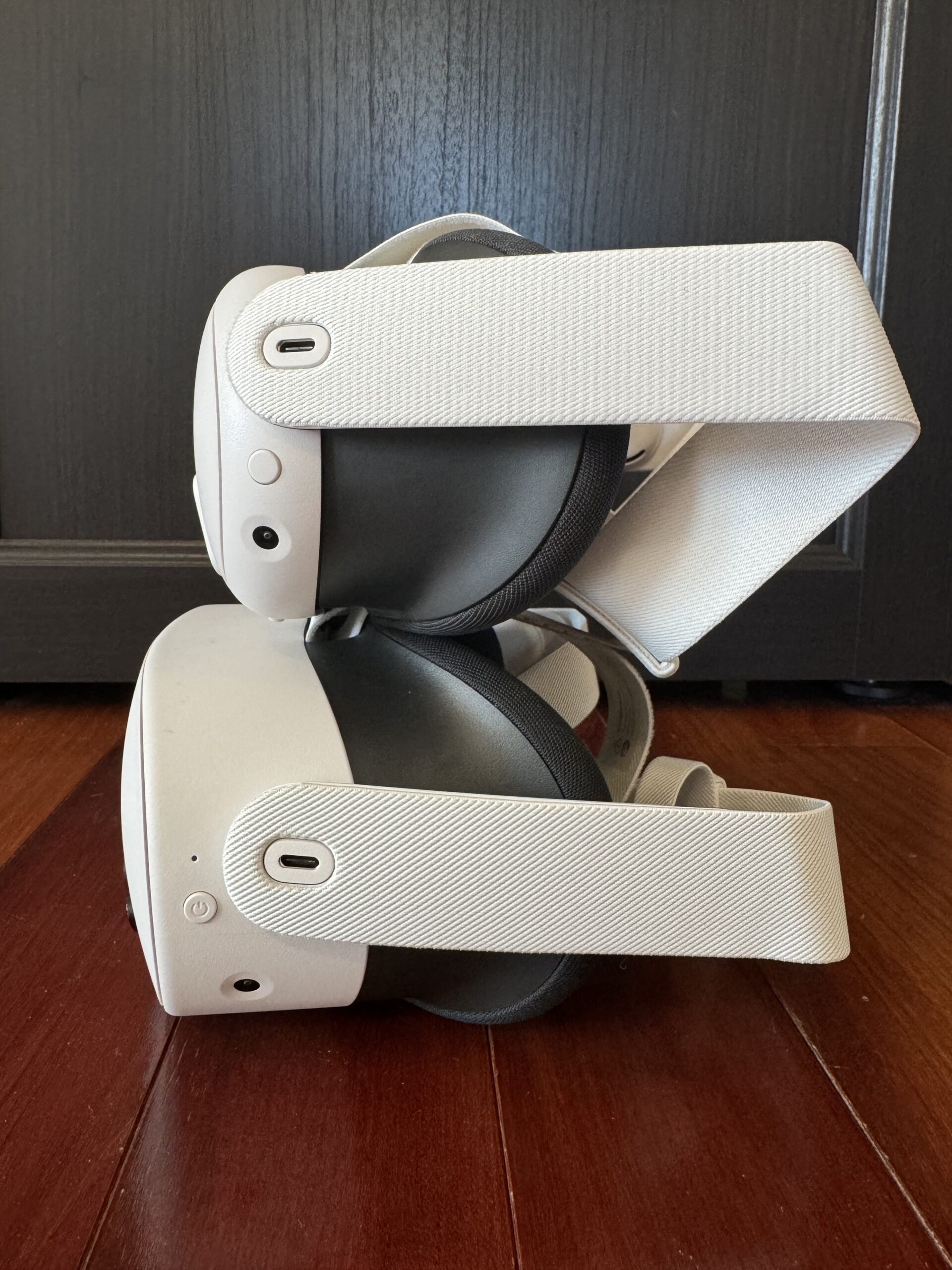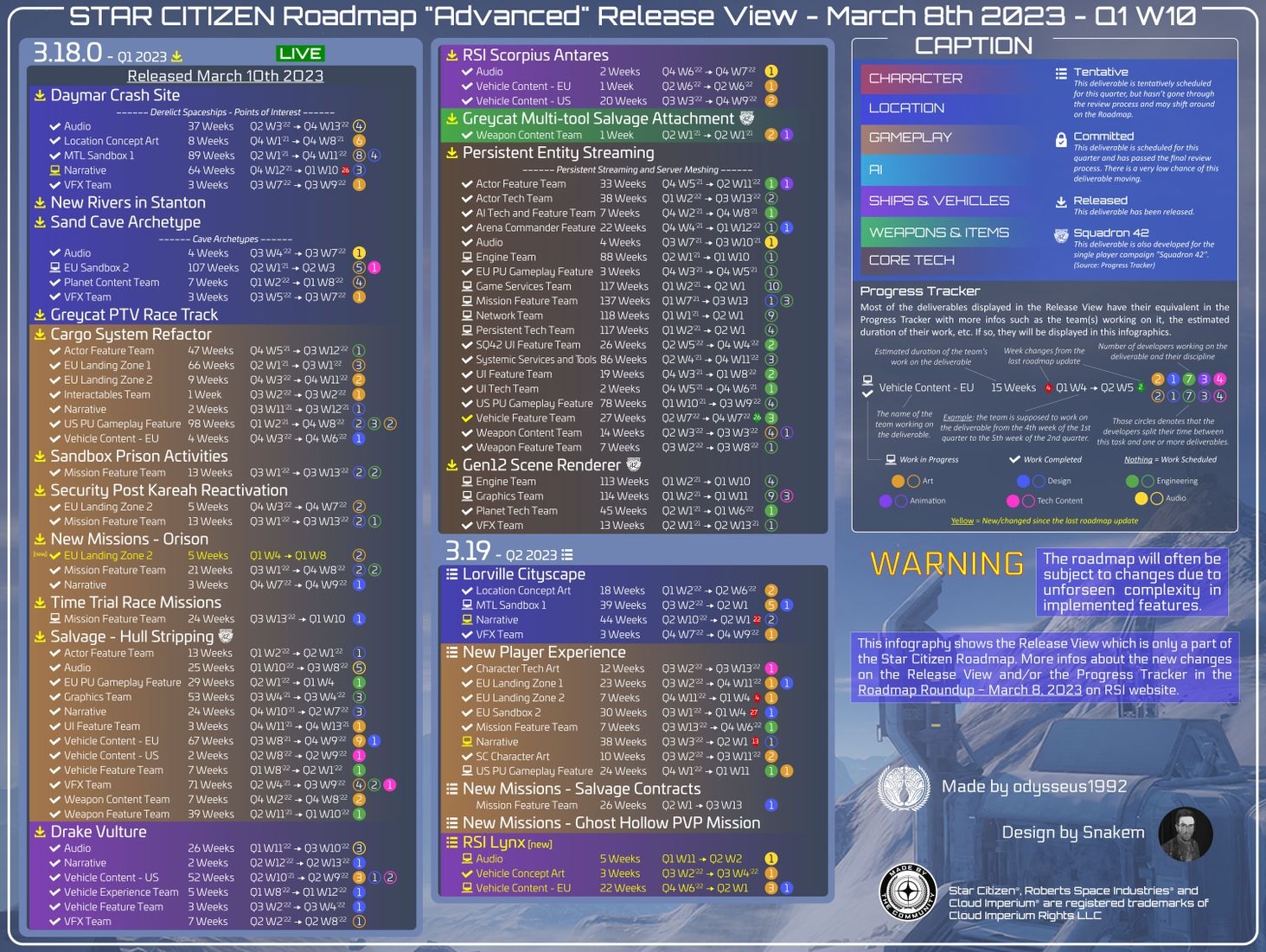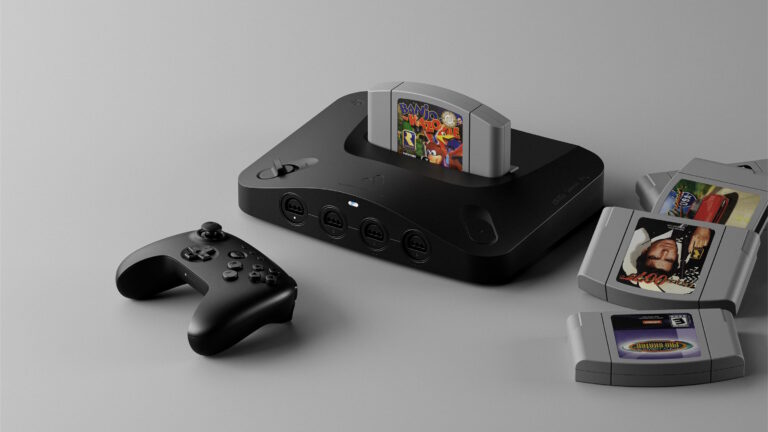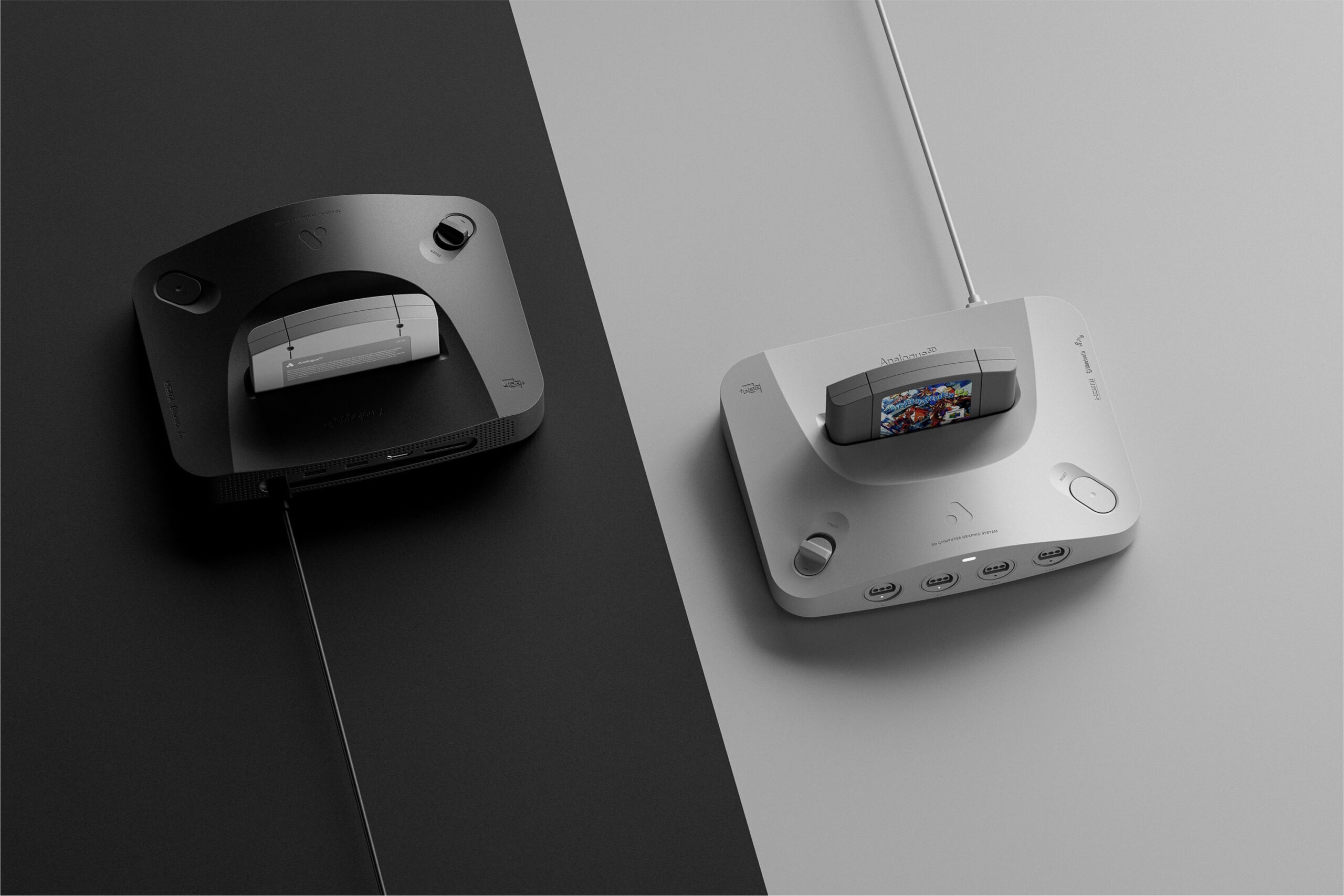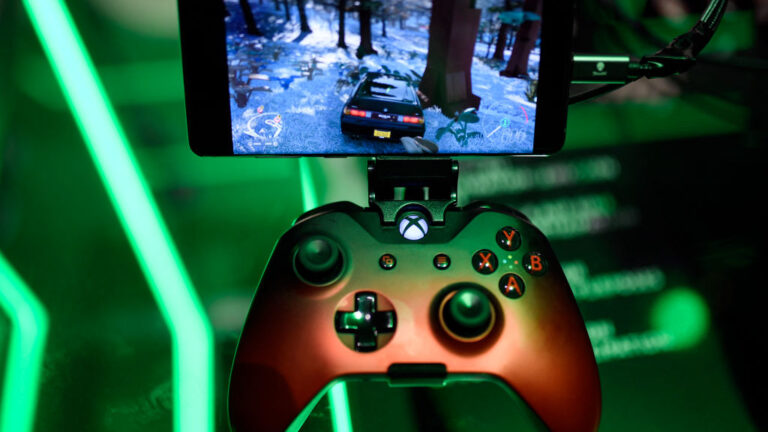iPod fans evade Apple’s DRM to preserve 54 lost clickwheel-era games
Old-school Apple fans probably remember a time, just before the iPhone became a massive gaming platform in its own right, when Apple released a wide range of games designed for late-model clickwheel iPods. While those clickwheel-controlled titles didn’t exactly set the gaming world on fire, they represent an important historical stepping stone in Apple’s long journey through the game industry.
Today, though, these clickwheel iPod games are on the verge of becoming lost media—impossible to buy or redownload from iTunes and protected on existing devices by incredibly strong Apple DRM. Now, the classic iPod community is engaged in a quest to preserve these games in a way that will let enthusiasts enjoy these titles on real hardware for years to come.
Perhaps too well-protected
The short heyday of iPod clickwheel gaming ran from late 2006 to early 2009, when Apple partnered with major studios like Sega, Square Enix, and Electronic Arts to release 54 distinct titles for $7.49 each. By 2011, though, the rise of iOS gaming made these clickwheel iPod titles such an afterthought that Apple completely removed them from the iTunes store, years before the classic iPod line was discontinued for good in 2014.
YouTuber Billiam looks takes a hands-on tour through some of the clickwheel iPod’s games.
In the years since that delisting, the compressed IPG files representing these clickwheel games have all been backed up and collected in various archives. For the most part, though, those IPG files are practically useless to classic iPod owners because of the same strict Fairplay DRM that protected iTunes music and video downloads. That DRM ties each individual IPG file not just to a particular iTunes account (set when the game file was purchased) but also to the specific hardware identifier of the desktop iTunes installation used to sync it.
Games already synced to iPods and iTunes libraries years ago will still work just fine. But trying to sync any of these aging games to a new iPod (and/or a new iTunes installation) requires pairing the original IPG file provided by Apple years ago with the authorized iTunes account that made the original purchase.
Didn’t back up that decades-old file? Sorry, you’re out of luck.
A set of 20 clickwheel iPod games was eventually patched to work on certain iPod Video devices that are themselves flashed with custom firmware. But the majority of these games remain completely unplayable for the vast majority of classic iPod owners to this day.
A virtual workaround
Luckily for the sizable community of classic iPod enthusiasts, there is a bit of a workaround for this legacy DRM issue. Clickwheel iPod owners with working copies of any of these games (either in their iTunes library or on an iPod itself) are still able to re-authorize their account through Apple’s servers to sync with a secondary installation of iTunes.
Reddit user Quix shows off his clickwheel iPod game collection. Credit: Reddit
If multiple iPod owners each reauthorize their accounts to the same iTunes installation, that copy of iTunes effectively becomes a “master library” containing authorized copies of the games from all of those accounts (there’s a five-account limit per iTunes installation, but it can be bypassed by copying the files manually). That iTunes installation then becomes a distribution center that can share those authorized games to any number of iPods indefinitely, without the need for any online check-ins with Apple.
In recent years, a Reddit user going by the handle Quix used this workaround to amass a local library of 19 clickwheel iPod games and publicly offered to share “copies of these games onto as many iPods as I can.” But Quix’s effort ran into a significant bottleneck of physical access—syncing his game library to a new iPod meant going through the costly and time-consuming process of shipping the device so it could be plugged into Quix’s actual computer and then sending it back to its original owner.
Enter Reddit user Olsro, who earlier this month started the appropriately named iPod Clickwheel Games Preservation Project. Rather than creating his master library of authorized iTunes games on a local computer in his native France, Olsro sought to “build a communitarian virtual machine that anyone can use to sync auth[orized] clickwheel games into their iPod.” While the process doesn’t require shipping, it does necessitate jumping through a few hoops to get the Qemu Virtual Machine running on your local computer.
A tutorial shot showing how to use USB passthrough to sync games from Olsro’s Virtual Machine. Credit: Github / Olsro
Over the last three weeks, Olsro has worked with other iPod enthusiasts to get authorized copies of 45 different clickwheel iPod games synced to his library and ready for sharing. That Virtual Machine “should work fully offline to sync the clickwheel games forever to any amount of different iPods,” Olsro wrote, effectively preserving them indefinitely.
For posterity
Olsro told Ars in a Discord discussion that he was inspired to start the project due to fond memories of playing games like Asphalt 4 and Reversi on his iPod Nano 3G as a child. When he dove back into the world of classic iPods through a recent purchase of a classic iPod 7G, he said he was annoyed that there was no way for him to restore those long-lost game files to his new devices.
“I also noticed that I was not alone to be frustrated about that one clickwheel game that was a part of a childhood,” Olsro told Ars. “I noticed that when people had additional games, it was often only one or two more games because those were very expensive.”
Beyond the nostalgia value, even Olsro admits that “only a few of [the clickwheel iPod games] are really very interesting compared to multiplatform equivalents.” The iPod’s round clickwheel interface—with only a single “action” button in the center—is less than ideal for most action-oriented games, and the long-term value of “games” like SAT PREP 2008 is “very debatable,” Olsro said.
A short review of Phase shows off the basic rhythm-matching gameplay.
Still, the classic iPod library features a few diamonds in the rough. Olsro called out the iPod version of Peggle for matching the PC version’s features and taking “really good advantage from the clickwheel controls” for its directional aiming. Then there’s Phase, a rhythm game that creates dynamic tracks from your own iPod music library and was never ported to other platforms. Olsro described it as “very addictive, simple, but fun and challenging.”
Even the bad clickwheel iPod games—like Sega’s nearly impossible-to-control Sonic the Hedgehog port—might find their own quirky audience among gaming subcommunities, Olsro argued. “One [person] beat Dark Souls using DK bongos, so I would not be surprised if the speedrun community could try speedrunning some of those odd games.”
More than entertainment, though, Olsro said there’s a lot of historical interest to be mined from this odd pre-iPhone period in Apple’s gaming history. “The clickwheel games were a reflect[ion] of that gaming period of premium games,” Olsro said. “Without ads, bullshit, and micro-transactions and playable fully offline from start to end… Then the market evolved [on iOS] with cheaper premium games like Angry Birds before being invaded with ads everywhere and aggressive monetizations…”
The iPod might not be the ideal device for playing Sonic the Hedgehog, but you can do it! Credit: Reddit / ajgogo
While Olsro said he’s happy with the 42 games he’s preserved (and especially happy to play Asphalt 4 again), he won’t be fully satisfied until his iTunes Virtual Machine has all 54 clickwheel titles backed up for posterity. He compared the effort to complete sets of classic game console ROMs “that you can archive somewhere to be sure to be able to play any game you want in the future (or research on it)… Getting the full set is also addictive in terms of collection, like any other kind of collectible things.”
But Olsro’s preservation effort might have a built-in time limit. If Apple ever turns off the iTunes re-authorization servers for clickwheel iPods, he will no longer be able to add new games to his master clickwheel iPod library. “Apple is now notoriously known to not care about announcing closing servers for old things,” Olsro said. “If that version of iTunes dies tomorrow, this preservation project will be stopped. No new games will be ever added.”
“We do not know how much time we still have to accomplish this, so there is no time to lose,” Olsro wrote on Reddit. iPod gamers who want to help can contact him through his Discord account, inurayama.
Kyle Orland has been the Senior Gaming Editor at Ars Technica since 2012, writing primarily about the business, tech, and culture behind video games. He has journalism and computer science degrees from University of Maryland. He once wrote a whole book about Minesweeper.
iPod fans evade Apple’s DRM to preserve 54 lost clickwheel-era games Read More »
